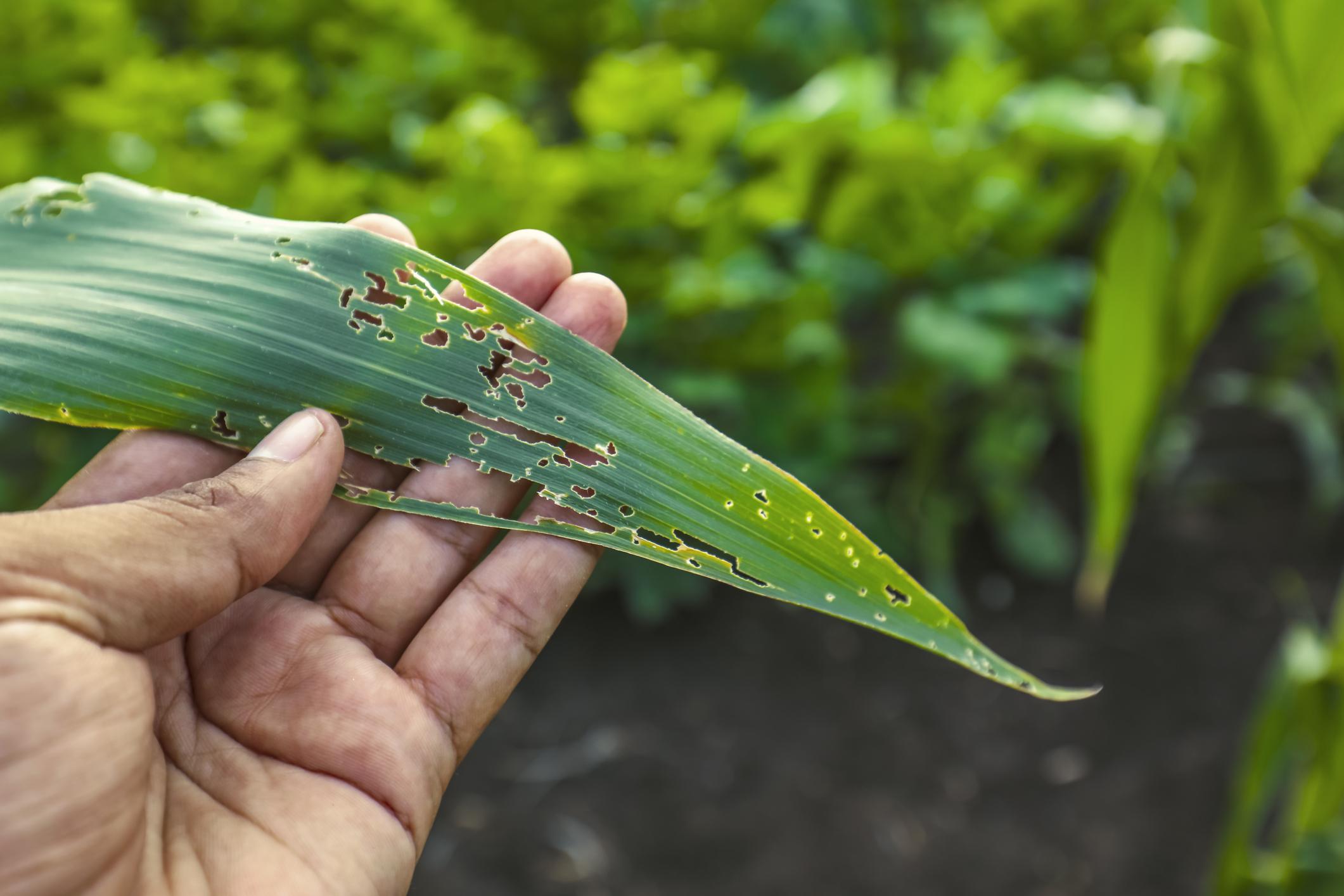Common Crop Pests & Why You Should Take Action if You See One
Posted by Mosquito Squad
April 26, 2024

Author: Emma Grace Crumbley, Entomologist
Whether tending to a home garden or managing farmland, be aware of these common crop pests!
Aphids
Aphids are soft-bodied insects in the order Hemiptera, the same scientific group as stink bugs and cicadas. Their stature may be small (1/16 of an inch, to be precise), but their damage is mighty. Aphids clump together on plants and suck plant juices out of the stems and leaves. This damage stunts plant growth and can lead to fungal growth on the plant. Aphids can also transmit plant diseases through their bites. Additionally, aphids produce “honeydew” when they feed on plants, a sugary liquid waste attractive to other pests like ants. Don’t wait to act if you see aphids on your plants!
Japanese Beetles
Home gardeners know all too well the damage Japanese beetles can do to plants. Japanese beetles are polyphagous herbivores, meaning they feed on various plants. As grubs, these beetles live underground and attack feed on the roots of plants. Once they emerge as adults, the damage continues as the adults skeletonize leaves and feed on fruits, ruining the plant’s foliage and crops. Though these beetles are beautiful, their damage is ugly. If you see Japanese beetles in your garden, take action to control them!
Spider Mites
Seeing small, red bugs on your plants? You might be dealing with spider mites. Spider mites are tiny arachnids that cluster on plants and suck the fluids out of plant cells. These pests are similar to aphids but much smaller (1/25 of an inch), and their damage ranges from discoloration to total plant death. In the agriculture industry, spider mites are a significant concern for crop health. Be sure to check your plants to avoid a spider mite infestation!
Wax Moths
Bee-lieve it or not, honeybee colonies have their own pests they deal with. Wax moths, also called the honeycomb moths, are major pests of beehives year-round. These moths lay their eggs in bee hives, usually in areas that bees have trouble accessing or in old hives in storage, and the larvae emerge and tunnel through the honeycomb, disrupting the hive. Wax moth larvae can also chew through the protective cap on top of developing bee larvae, resulting in deformed bees and potentially leading to colony collapse. To protect your honey crop, be on the lookout for wax moth larvae and silk cocoons!
